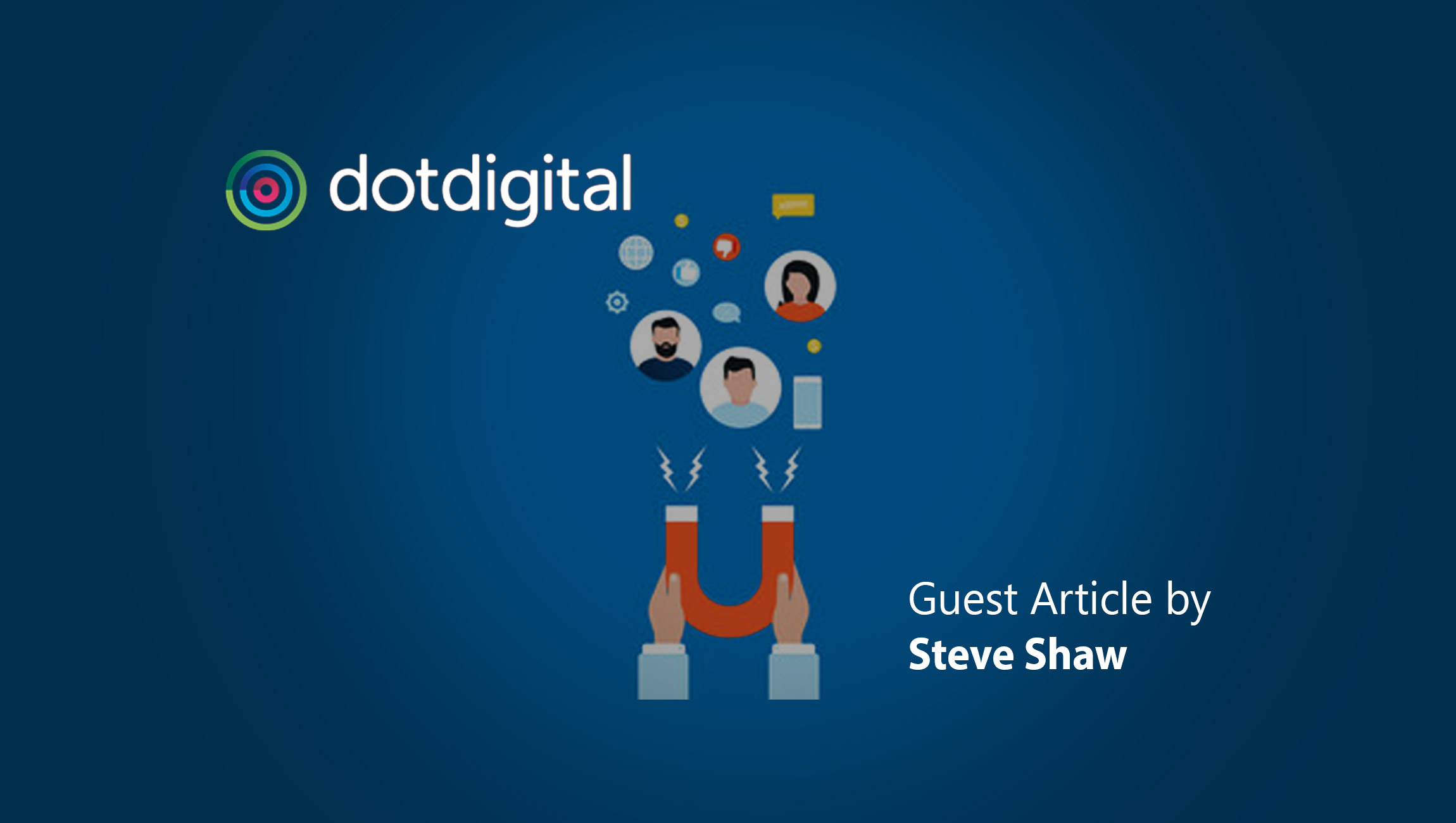One of the biggest goals for any business, big or small, is to bring in new customers and, in time, build a loyal customer base. However, between the recent supply chain issues and an ever-crowded consumer market, maintaining customer loyalty has become more challenging than ever before. So what is the best way for a brand to maintain customer loyalty and retention?
The most effective tool a brand has at their disposal is customer data. The numbers never lie, and it’s necessary for brands to fully understand them in order to tailor their business approach to anticipate and satisfy their customers’ needs. Collecting user data is key to ensure customers are getting the best experience, but it’s necessary that a brand is transparent about their means of obtaining their data. A recent survey of 2000 customers found that 81-percent of respondents refuse to do business with a brand they find untrustworthy; so it’s important to provide customers that autonomy with their data, which in turn, builds credibility.
While data is an important tool for brands to better understand their customers and identify trends, there are other steps brands can take to make brand interactions a positive experience and encourage customer loyalty and retention.
Marketing Technology News: Introducing ‘Relate’ by Namecheap: A Suite of Easy Tools to Power Small Businesses
When it comes to establishing customer loyalty, personalization is key.
Customers are already bombarded with hundreds of promotional emails that only fill up a person’s inbox and will most likely end up in the trash. However, adding options for customers to edit their preferences will not only help cut through the clutter, it also increases engagement with customers on a deeper level. In a report around brand strategies that hit the mark, only 36% of brands made the preference options easily accessible through their email. It’s not just about providing options for customers to opt out of emails, it allows the customer to choose the most relevant information and would be more likely to have more meaningful engagements with brands.
Tools like live chat on websites puts the consumer in control of their own experience, rather than the other way around. It creates a more organic dynamic between brands and customers and encourages more meaningful brand engagement beyond just a purchase.
When it comes to making an actual purchase, brands that allow customers opportunities to evaluate their purchase before going to check out create more opportunities to build trust. This makes the purchasing experience more like shopping with friends than just someone shopping on their own; brands work with their customers to make the right purchasing choice that meets their needs. Identifying key opportunities within the checkout experience for customers to reflect on their purchase can foster long-term customer loyalty.
Another important component for personalization is applying data from customers’ previous purchases to curate their experiences based on their individual tastes. Only 31% of brands personalize their email content based on a customer’s previous purchase or website behavior, which is a missed opportunity to curate meaningful engagement with brands and customers. Instead, brands worked to rely on tools like SMS messaging, which can have a read rate of 98-percent, much higher than what you would normally find with email communications. Tools like SMS are an invaluable marketing channel, and opt-out options help keep the customer in control. Building customer loyalty relies on the overall purchasing experience and the quality of the product. Messaging that extends beyond the typical sales messaging allows customers to connect with brands on a deeper level and establishes trust.
Marketing Technology News: MarTech Interview with Hunter Sunrise, Senior Vice President and Head of Marketing at Postclick
Once a purchase is made, what’s next? What are the most effective ways to ensure customers return to make additional purchases in the future? Some of the most successful brands out there implement robust loyalty programs for returning customers to take advantage of perks like extra discounts or free items with their next purchase to encourage long term loyalty.
These loyalty programs for customers are more common with brands like Sephora, which has a points-based program set up for their returning customers. Customers that are part of the program earn points each time they make a purchase and can redeem those points for other products later on. Those a part of the program can also enjoy discounts during certain times of the year online or in person. These types of rewards and programs give back to a brand’s customer base and encourage repeat purchases beyond the usual promotions and discounts.
Omnichannel marketing tools and tactics can be useful to build customer loyalty with a brand. As the purchasing experience and customer’s needs evolve, it’s essential for brands to keep up and create a seamless and user-friendly experience for their customers before and after making a purchase. Keeping the customer’s experience at top of mind is key to anticipating and fulfilling these needs. Loyalty and retention can be challenging to earn, but is an essential pillar for the long-term success of any brand.











